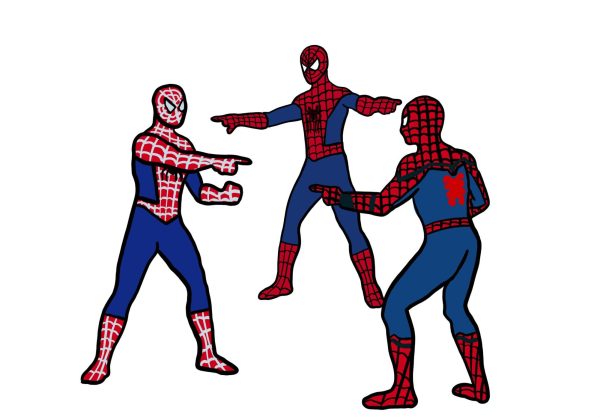
In the age of modern moviemaking, unresolved plot points are as ubiquitous as the film series they lay the groundwork for. Since 2010, over 40% of wide releases each year have been part of one franchise or another, often released with the intent to establish or add to a cinematic universe. Each of these films functions as a sequel, prequel or spinoff, existing as part of a story told over the course of several movies.
For years, the emergence and maintenance of new franchises has been heavily critiqued, and audiences have grown disenchanted with the industry standard of cinematic universes. While there are many reasons for this loss in interest, I believe one of the most prominent contributors is that of so-called “sequel bait”: the tendency of modern films to introduce unresolved plot elements with the express purpose of foreshadowing or otherwise hinting at a future project.
As a fan of expansive worldbuilding projects, I take a lot of interest in cinematic universes and the process of gradually assembling them. But I think that sequel bait is relied upon too heavily, often overshadowing the actual narrative of the movie within which it is placed.
When a story becomes part of a larger project, it joins a network of interconnected plots that each present a different section of an overarching plotline. As such, each component is dependent on others to function as a complete narrative, and no one piece has full closure — otherwise, there would be little reason to add onto a story with full resolution.
This isn’t always true, of course, and movies like “Spider-Man: Into the Spider-Verse” show that it is possible for films to work both as standalone stories and as part of a series. With that in mind, a major reason for the success of the Spider-Verse comes from how its narrative and setting are structured.
“Spider-Man: Into the Spider-Verse” presents a quintessential monomyth, using the nature of its premise to grant ample resolution and closure to its characters and their complementary journeys. The film strikes a balance between its immense scale and down-to-earth storytelling and harnesses the potential of its premise while recognizing the need to keep its story finite.
At the same time, however, the multiversal premise of the Spider-Verse permits limitless possibilities in sequels. While “Spider-Man: Into The Spider-Verse” is satisfying as a complete story, it leaves its ending just open-ended enough for sequels like “Spider-Man: Across The Spider-Verse” to feel like a natural progression into broader narrative territory.
Even with the immense cliffhangers at the end of “Across the Spider-Verse,” its pre-existing format as a two-part story. The way in which it leaves its story structure to be continued is extremely satisfying, leaving viewers like myself excited to see where the Spider-Verse goes next.
There is a great deal of money to be made in establishing a film series. One need look no further than Star Wars and the Marvel Cinematic Universe to see that there is a major financial incentive behind keeping them alive. Just as some cinematic universes derive some of their marketability from the success of earlier films, sequels also are advertised through the premise and potential success of the movie they are meant to follow.
Films such as “The Amazing Spider-Man 2” are archetypal examples of sequel bait. While the movie itself was poorly received for its writing, dialogue and directing, I believe that a much larger problem exists within.
The actual story of “The Amazing Spider-Man 2” is interwoven with a series of unceremonious advertisements for future projects, from setting up future villains to leaving major story elements unresolved, including the origin of major plot devices and their true significance to the movie itself.
As a box-office flop, “The Amazing Spider-Man 2” would never become the catalyst it was meant to be for a prospective cinematic universe — and its rampant sequel bait came to nought. While the movie itself received disdain from critics and audiences alike, I believe a deeper issue is responsible for its failure.
As a movie riddled with sequel bait, “The Amazing Spider-Man 2” often forgets its nature as a movie and becomes something of a billboard for the new installments it was supposed to be the foundation for. Its narrative is littered with frayed ends which further highlight that “The Amazing Spider-Man 2” is less a story and more so a feature-length teaser trailer.
Standalone media can indeed become the vantage point for a series of new projects, but the Spider-Verse prevailed because it tells a story first and foremost. Its creators were concerned primarily with the narrative they wanted to assemble, rather than the marketability of a sequel to their work.
When movies give priority to sequel bait, they neglect the very thing that would justify those sequels in the first place: a worthwhile story. Without a satisfying narrative, there is no reason for audiences to care about sequels. Rather than focusing on raking in profits from franchises that don’t exist yet, studios should focus more on the storytelling that forms the basis of filmmaking as a whole, lest they sink further into their habits of cinematic commodification.


